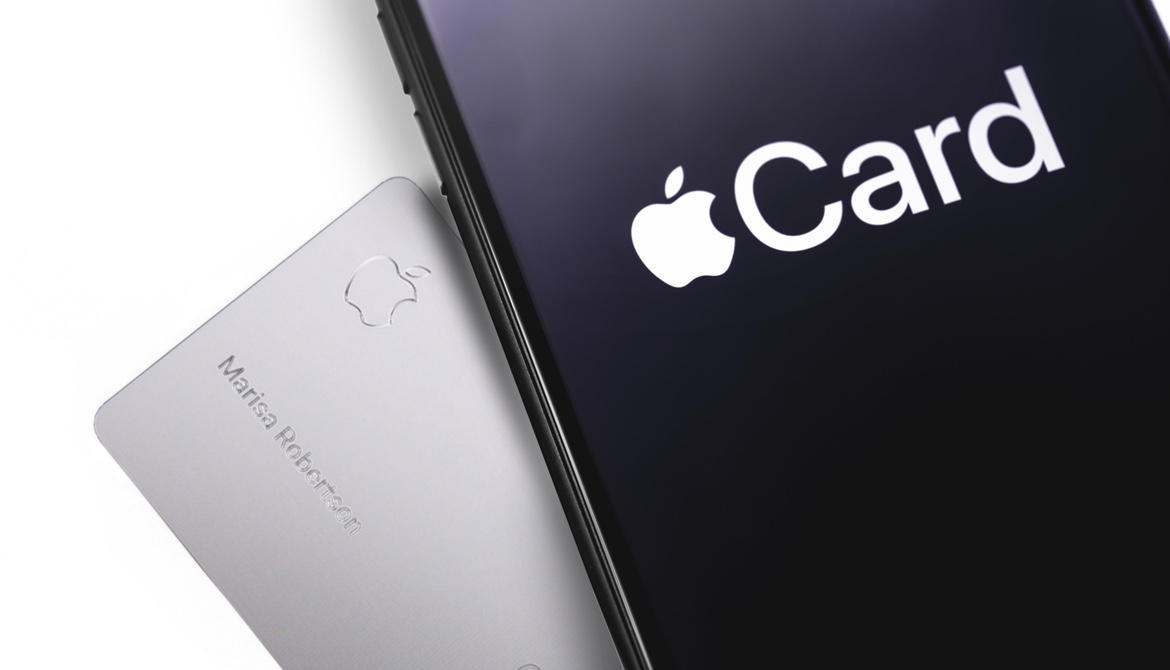4 minutes
Competition for the mobile banking user will intensify and boring banking apps will become a thing of the past.
The Apple Card is a wake-up call for traditional financial institutions. Cardholders want a more interactive mobile banking experience that rewards them faster and they will switch to Apple if banks and credit unions don’t switch up their user experience.
This Card Will Be Your Friend—Until You Become a Late Payer?
Apple wants to be seen as the ultimate customer-centric brand, so it makes sense to promise its credit card will come with no hidden fees and interest rates among the lowest in the industry. But are these realistic expectations?
Everyone hates hidden fees. If Apple delivers on this promise, it will score high points with its users. But some fees are not-so-hidden, and there is not much financial institutions can do about them. So, while card fees or international fees could easily be eliminated, late fees could remain an issue.
But Expectations Have Changed
Interest rates, on the other hand, might be an easier promise to keep. The Nilson Report shows the percentage of people who revolve their balances and pay an interest rate has been steadily declining and currently stands at about 28%. This means more people pay off their balances each month and fewer people are subject to those interest rates—so Apple may be able to deliver on its promise here. And beyond this, the perception of cards as convenience products leads people to care less about such rates than they would, for instance, for consumer loans.
The Real Lessons From Apple Lie in The User Experience
Chances are you own a smartphone. If you do, you are probably already using apps that leverage a large degree of personalization, smart design and an interactive interface—but your mobile banking app is not one of them. Most mobile banking apps today lack the kind of customer-centricity that appeals to modern consumers. This is where the Apple Card will send the single biggest wake-up call to traditional banks: the realization that they need far better customer interfaces.
Apple’s creation of superior screens to manage card functionality and an all-round sophisticated visual interface is eventually going to push banks and credit unions to improve their own apps. Such functionalities as payment schedules, spending categories, instant notifications and location services will prove great tools for cardholders to gain better control of their finances. This will ultimately spell the end of boring banking apps with limited card functionality.
Where Traditional Financial Institutions Can Compete
Apple may tick many boxes on what makes a good payments and banking experience, but it mostly overlooks the preceding part of the customer journey—shopping. This is where banks and credit unions can compete. Specifically, the Apple Card lacks functionality in two key areas: rewards and short-term credit provision.
It may seem generous that the Apple Card will offer instant cashbacks for Apple store, Apple Pay and physical purchases, but the reality is that banking apps can go much further than this. Loyalty solutions already enable banks and credit unions to expand the pool of available offers so cardholders receive frequent and relevant offers, full visibility into available retail opportunities and an all-round interactive experience. In dynamic mobile apps driven by artificial intelligence, these offers can be further personalized to their taste, location and behavior.
Then, at the point of sale, dynamic mobile banking apps have another chance to impress the cardholder. POS credit options help cardholders spread the cost of a purchase in a stress-free way, and third-party fintech providers are already able to provide these on a white-label basis. After all, what says “ultimate customer-friendly company” more than immediate credit provision through the mobile banking app?
A Fintech Ally Will Keep Apple at Bay
Apple will not be an instant success upon entering the banking scene. For one, it is not a credit card company and will have to work hard to attract millions of cardholders, while also ensuring not to alienate traditional financial institutions. But when Apple Card goes live this summer, its user experience will blow many other banking apps out of the water.
In their quest to compete, traditional financial institutions will need to dial up the user experience—and fintechs, with their innovative solutions and unique perspective, can be their biggest allies. Whether it’s creating a mobile presence for the first time or integrating customer-centric functionality into existing apps, they can help banks and credit unions beat Apple at its own game and take the customer experience to the next level.
Mehmet Sezgin is CEO and founder of myGini.





